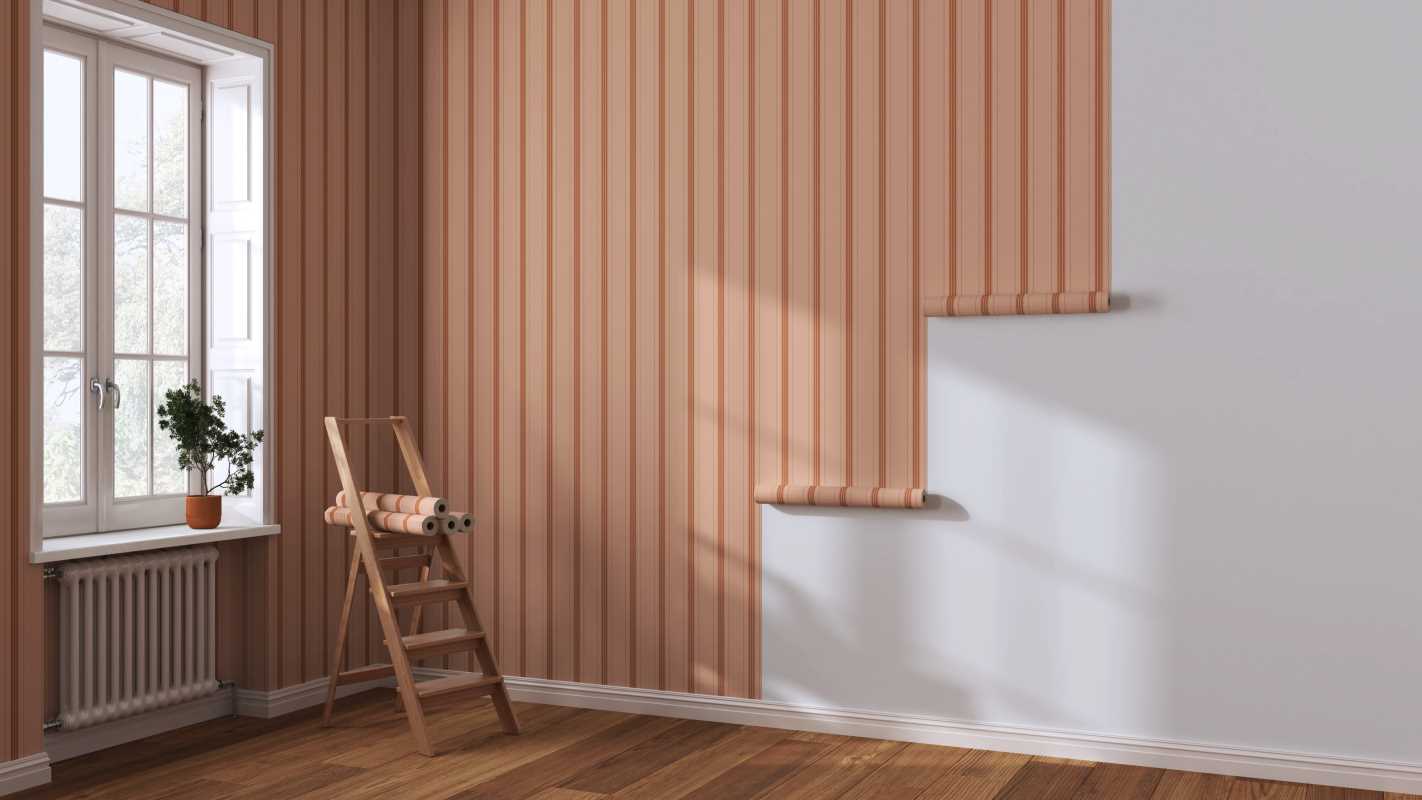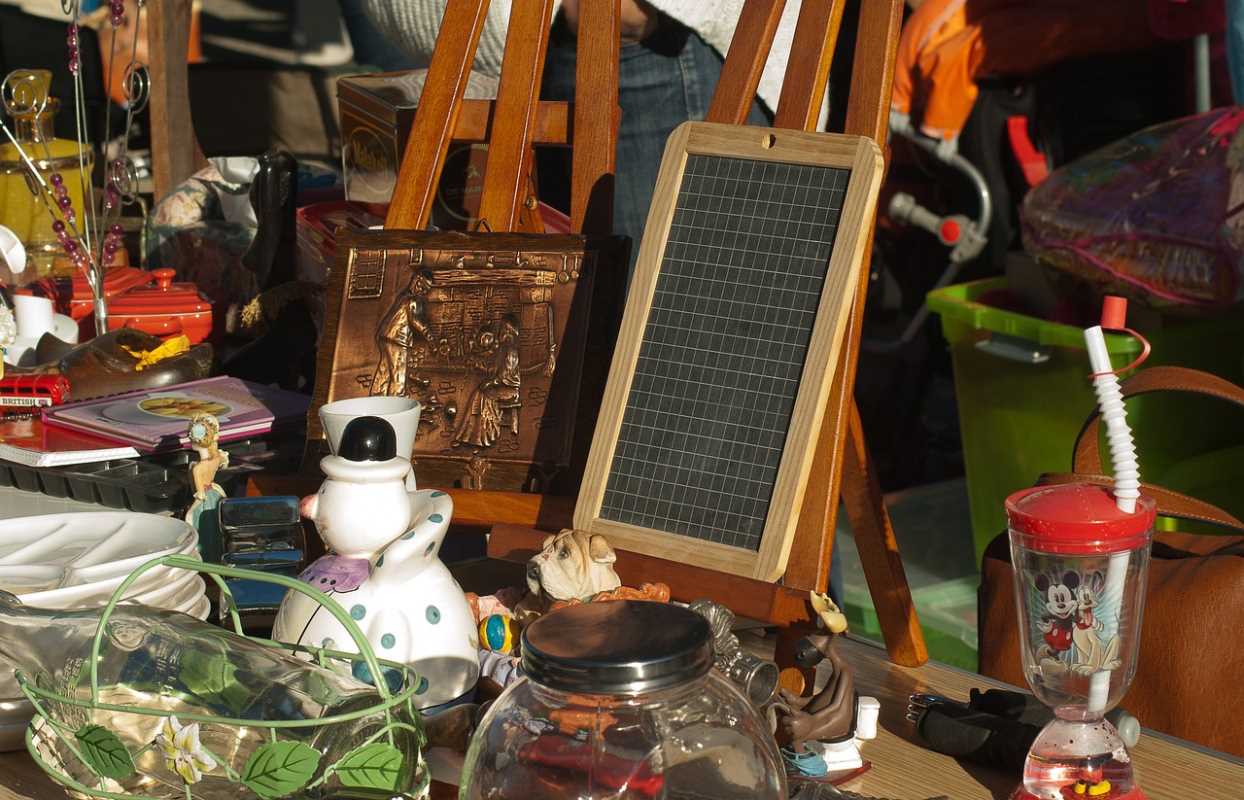Upholstered furniture adds comfort and style to any living space, but proper maintenance is essential to keep it looking great for years to come. Whether you have a plush sofa, cozy armchair, or elegant dining chairs, understanding the best practices for upkeep can help prolong the lifespan of your beloved pieces. From regular cleaning routines to addressing stains promptly, here is the Ultimate Guide to Upholstered Furniture Maintenance.
Vacuuming
When it comes to daily care, regularly vacuuming your upholstered furniture is key to removing dust, dirt, and debris that can accumulate over time. Use a soft brush attachment to gently vacuum the surfaces, cushions, and crevices to prevent dirt buildup and maintain a fresh appearance. For deeper cleaning, check the manufacturer's recommendations for washing or spot treating specific fabrics to avoid damaging the upholstery. By staying consistent with your cleaning routine, you can prevent stains from setting in and keep your furniture looking its best for longer.
Pet Hair
Pets are beloved members of the family, but their presence can sometimes lead to accidents or unwanted odors on upholstered furniture. To combat pet stains and smells, act quickly by blotting the affected area with a clean cloth to absorb as much liquid as possible. Avoid rubbing the stain, as this can spread it further into the fabric. After blotting, use a mixture of mild soap and water to gently clean the stained area, then let it air dry completely. For lingering odors, sprinkle baking soda on the upholstery, let it sit for a few hours, then vacuum it up to freshen the fabric.
Fading
Sunlight can be both a blessing and a curse for upholstered furniture. While natural light can brighten up a room, it can also fade and weaken the fabric over time. To protect your upholstery from sun damage, consider rearranging your furniture to minimize direct sunlight exposure, or use curtains or blinds to block out harsh rays during peak daylight hours. Additionally, rotating cushions and pillows regularly can help distribute wear and tear evenly, ensuring that your upholstery ages gracefully and maintains its color and texture.
Spills
Accidents happen, and spills are inevitable, but knowing how to tackle them swiftly can make all the difference in preserving your upholstered furniture. For liquid spills, start by blotting the area with a clean, dry cloth to absorb as much liquid as possible without spreading it further. Avoid using excessive water or harsh cleaning products, as these can damage the fabric. Instead, opt for a specialized upholstery cleaner or a DIY solution of mild detergent and water to gently treat the stain. Test any cleaning products on a hidden area of the upholstery first to ensure they won't cause discoloration or damage.
Wear and Tear
Over time, upholstery can show signs of wear and tear, such as loose seams, sagging cushions, or worn-out springs. Regularly inspect your furniture for any issues and address them promptly to prevent further damage. For minor repairs, such as loose threads or buttons, consider using a needle and thread to secure them back in place. If you notice significant damage, such as broken springs or ripped fabric, consult a professional upholsterer for repairs or reupholstering services to restore your furniture to its former glory.
In conclusion, upholstered furniture maintenance is an essential aspect of caring for your beloved pieces and ensuring their longevity. By following a regular cleaning routine, addressing stains promptly, protecting your furniture from sunlight, and conducting repairs when needed, you can keep your upholstery looking fresh and inviting for years to come. With proper care and attention, your upholstered furniture can continue to bring comfort and style to your home for generations to come.
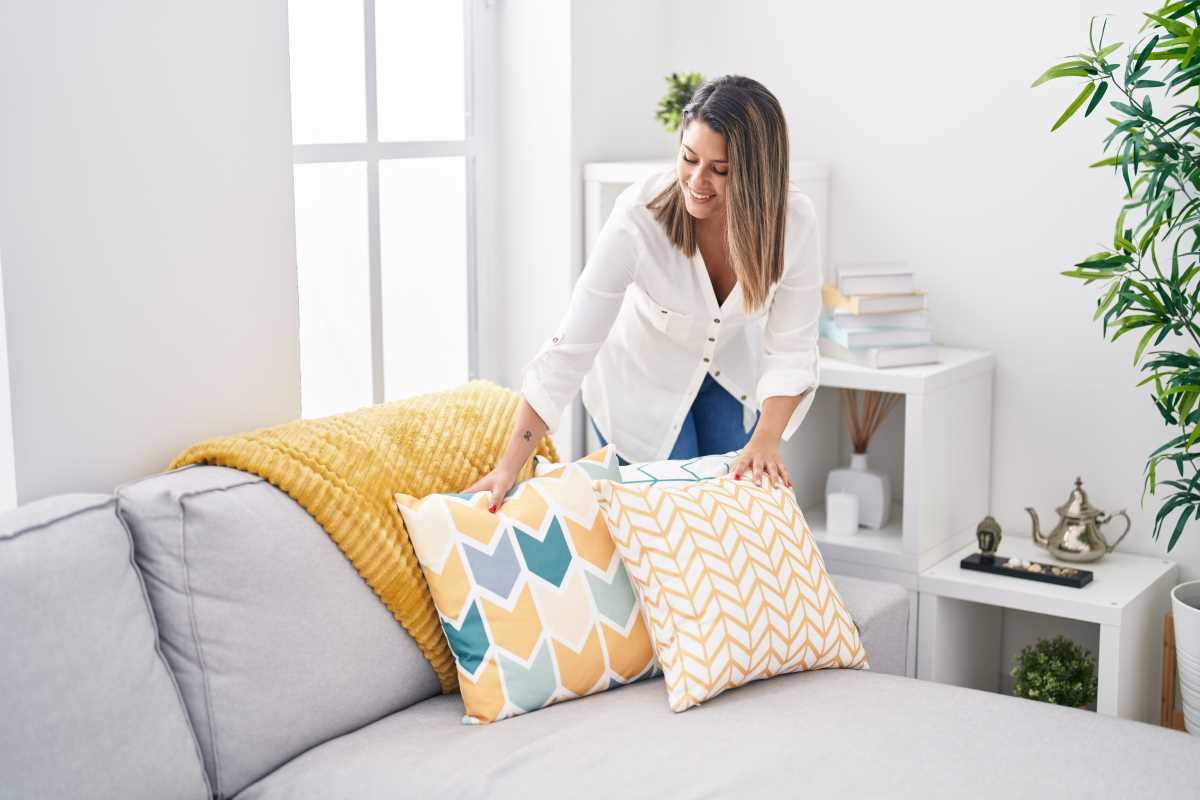
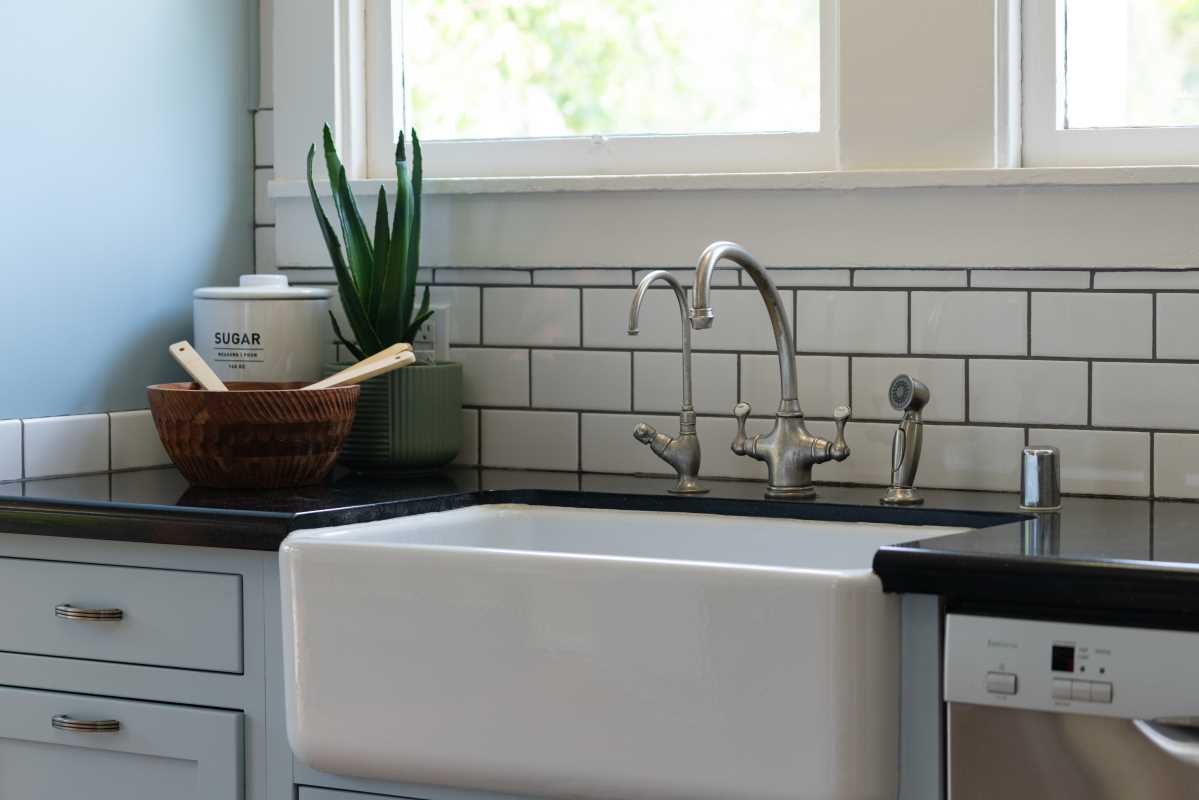
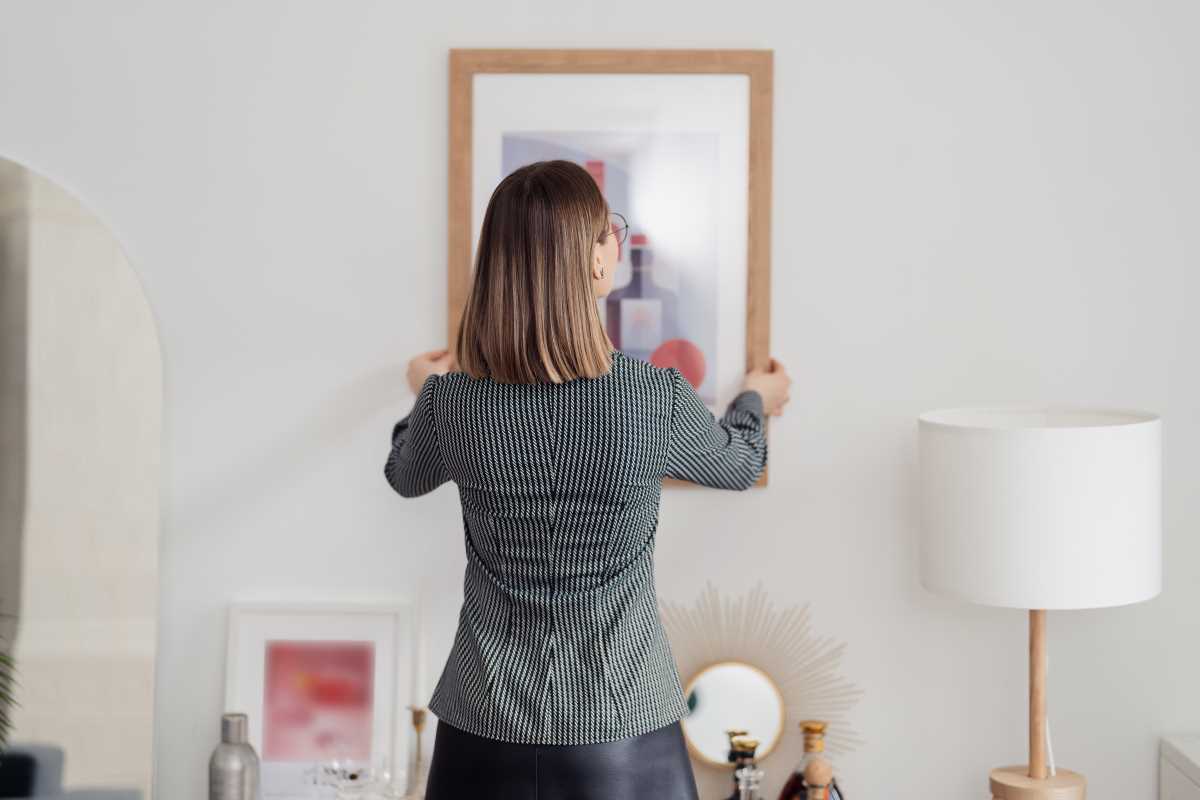
.jpg)
